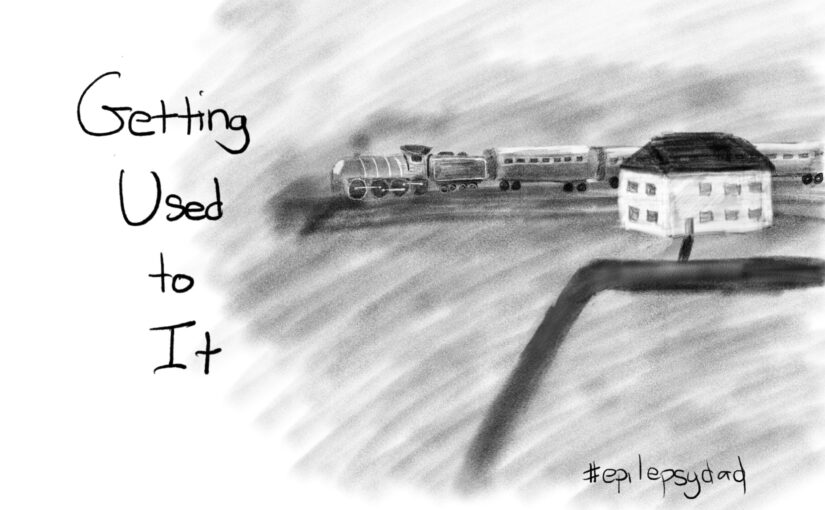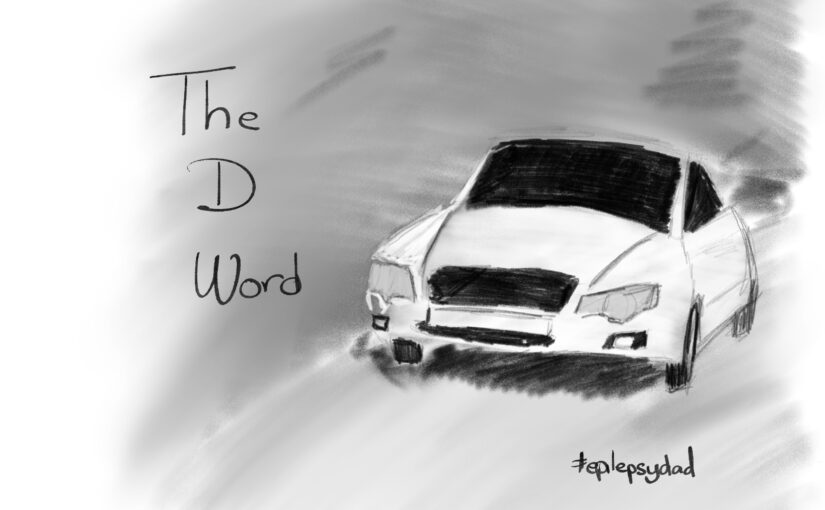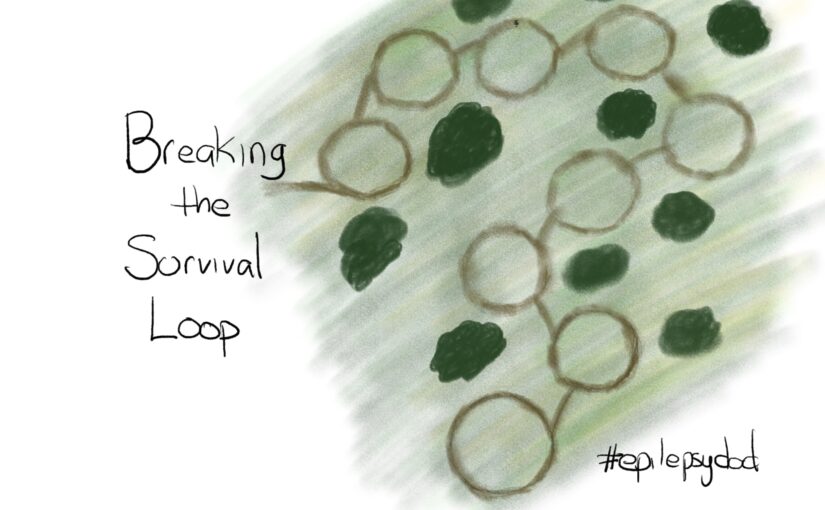I’ve been on this epilepsy journey with my son for more than ten years. Ten years of seizures, medications, side effects, appointments, therapies, surgeries, sleepless nights, and the fear and instability that come with having uncontrolled seizures.
After ten years of anything, most people assume you’d eventually get used to it. Like living next to a railroad track long enough that the passing trains become background noise, or becoming so accustomed to planes overhead that you stop noticing them entirely. They imagine that after a decade of this life, the shock would soften, the fear would fade, and that somehow repetition would dull the edges.
But it never does.
Each seizure still stops the room, stops my thoughts, and stops whatever sense of normalcy I’ve managed to build. You don’t get used to it. You just get better at pretending you’re not breaking inside while you find a way to keep going on the outside.
That ability so many of us develop — to keep going, to go to work, the grocery store, the pharmacy, to keep the house clean, to pay the bills — can create the illusion that we’ve somehow normalized it all simply because it’s familiar. It can make it look easy from the outside, as if what we live with has become background noise to an otherwise ordinary life.
But it’s not background noise. It’s deafening. It drowns out everything else, and it takes effort — real, constant effort — to strain past that noise and hear the rest of the world. It takes effort to juggle routine tasks with the medical needs that keep my son going. It takes effort to reorganize an entire day of obligations when he has more or longer seizures that require rescue medication.
The reality is that there is no getting used to it. And that truth reveals itself over and over again.
Not after ten years, not after a thousand seizures, not after all the appointments, therapies, and sleepless nights. I’ve been walking this epilepsy path with my son for more than a decade, and still, every seizure cuts through whatever calm I’ve managed to create.
Time doesn’t dull the impact; it just teaches you how to carry it.


